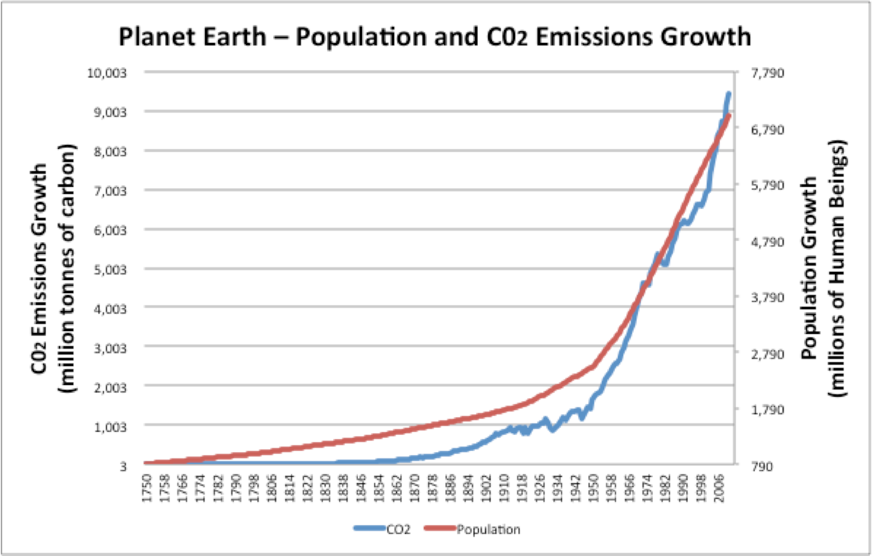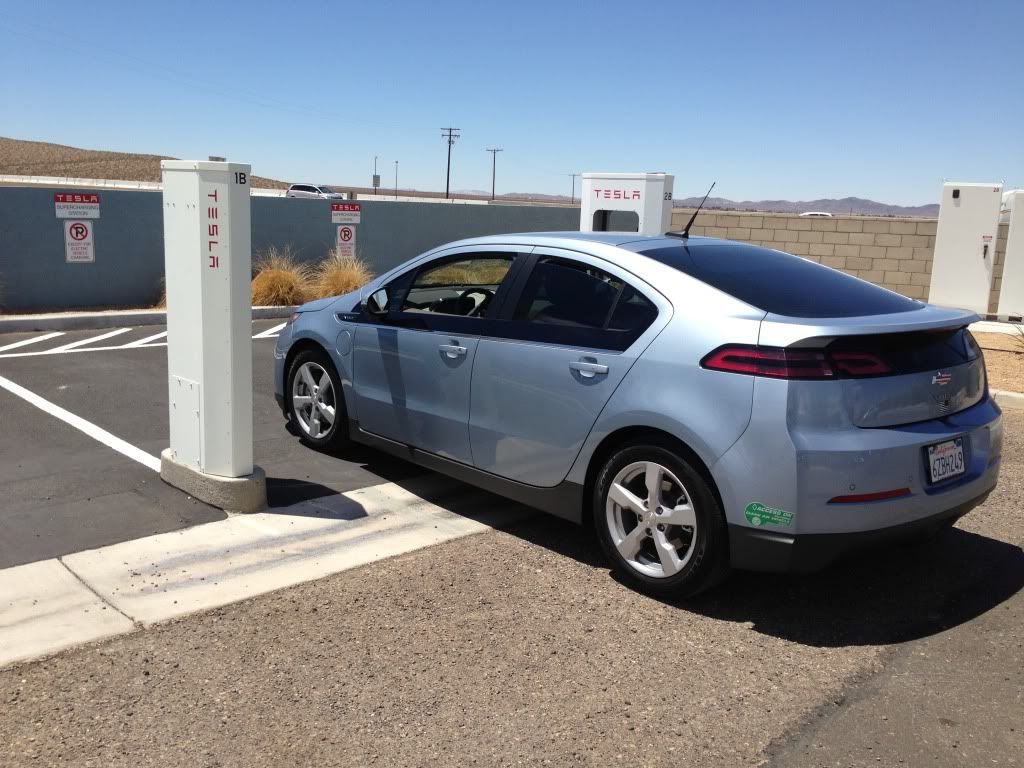MitchJi
Trying to learn kindness, patience & forgiveness
That's about the cost of one GF! Probably more than Tesla spent on superchargers!
If you really want to "balance" that article you need to either explain why demand is a problem for Tesla or post a link to an article that claims that it's a problem for Tesla .The 'reality check' comes across as "I had to say something to 'balance' the article so people wouldn't call me a Fanboy."
Or you could claim that GM is smarter or that it's better for their customers to spend $3,billion on advertising than it is for Tesla to invest in the GF or their supercharger network
Last edited:




